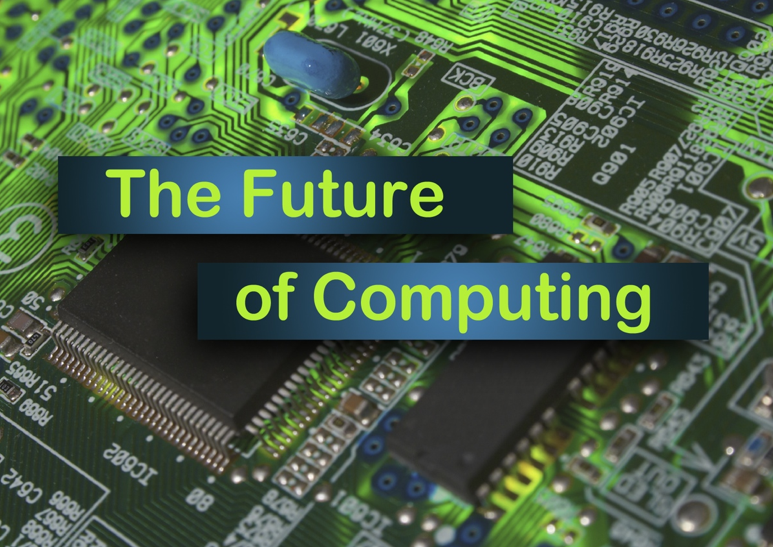DESCRIPTION
"The Future of Computing" is a public presentation that examines trends in computing technology and predicts what the future of computing might hold for us. Visitors are introduced to the idea of smaller, nanoscale transistors as the key to faster, more capable computers – and the barriers we face in continuing to shrink transistors to advance our computing technology (heat build-up, fabrication issues due to their small size, and quantum effects). Possible solutions include new materials for transistors like carbon nanotubes and graphene, or new paradigms for information processing like optical or quantum computing. Visitors are also asked to consider how smaller, faster, better computers in the future might impact their lives – in both positive and negative ways. It's a slideshow presentation (lecture with a few live demonstrations) designed for medium-to-large audiences of teens/adults. It could should be shortened/simplified for audiences with younger kids.
DESCRIPTION
"The Future of Computing" is a public presentation that examines trends in computing technology and predicts what the future of computing might hold for us. Visitors are introduced to the idea of smaller, nanoscale transistors as the key to faster, more capable computers – and the barriers we face in continuing to shrink transistors to advance our computing technology (heat build-up, fabrication issues due to their small size, and quantum effects). Possible solutions include new materials for transistors like carbon nanotubes and graphene, or new paradigms for information processing like optical or quantum computing. Visitors are also asked to consider how smaller, faster, better computers in the future might impact their lives – in both positive and negative ways. It's a slideshow presentation (lecture with a few live demonstrations) designed for medium-to-large audiences of teens/adults. It could should be shortened/simplified for audiences with younger kids.
TRAINING VIDEOS
OBJECTIVES
BIG IDEA
Our ability to shrink transistors down to nanoscale devices have led to continued advances in computing technology, but physical limits will soon prevent this trend from continuing. Nanotechnology provides some possible solutions to take our computing into the future – but we should also consider how smaller, faster, better computers may impact our lives in both positive and negative ways.
LEARNING GOALS
As a result of participating in this program, visitors will be able to:
1. Understand that transistors are tiny nanoscale devices in our computers and our ability to shrink transistors down to smaller sizes leads to advances in computing.
2. Recognize there are barriers (heat, size, quantum effects) that prevent us from further shrinking transistors.
3. Identify how new nanomaterials (carbon nanotubes and graphene) and nanotechnologies (optical computing and spintronics/quantum computing) could overcome these barriers and lead to faster, better, smaller computers.
4. Recognize that the future of computers holds very promising applications that could improve our lives in a variety of ways, but we need to be aware of the risks (for example – privacy concerns with our personal data) that come with more advanced, capable computers.
NANO CONTENT MAP
Nanoscience, nanotechnology, and nanoengineering lead to new knowledge and innovations that weren't possible before.
Credits
Museum of Science
Development of this product was supported by the Nanoscale Science and Engineering Center headquartered at Harvard University (PHY06-46094), the Center for High-rate Nanomanufacturing at Northeastern University, University of Massachusetts-Lowell, and University of New Hampshire (EEC-0425826), with support from the National Science Foundation. Packaging and dissemination for the NISE Network with funding from the National Science Foundation under Award Numbers 0532536 and 0940143. Any opinions, findings, and conclusions or recommendations expressed in this product are those of the authors and do not necessarily reflect the views of the Foundation.
Creative Commons Attribution Non-Commercial Share Alike 3.0 United States (CC BY-NC-SA 3.0 US).
View more details

NISE Network products are developed through an iterative collaborative process that includes scientific review, peer review, and visitor evaluation in accordance with an inclusive audiences approach. Products are designed to be easily edited and adapted for different audiences under a Creative Commons Attribution Non-Commercial Share Alike license. To learn more, visit our Development Process page.

